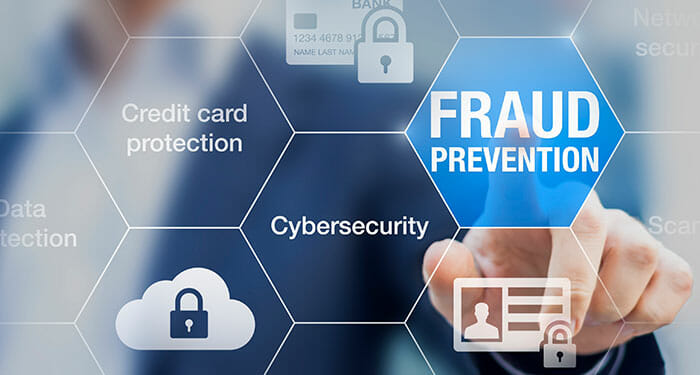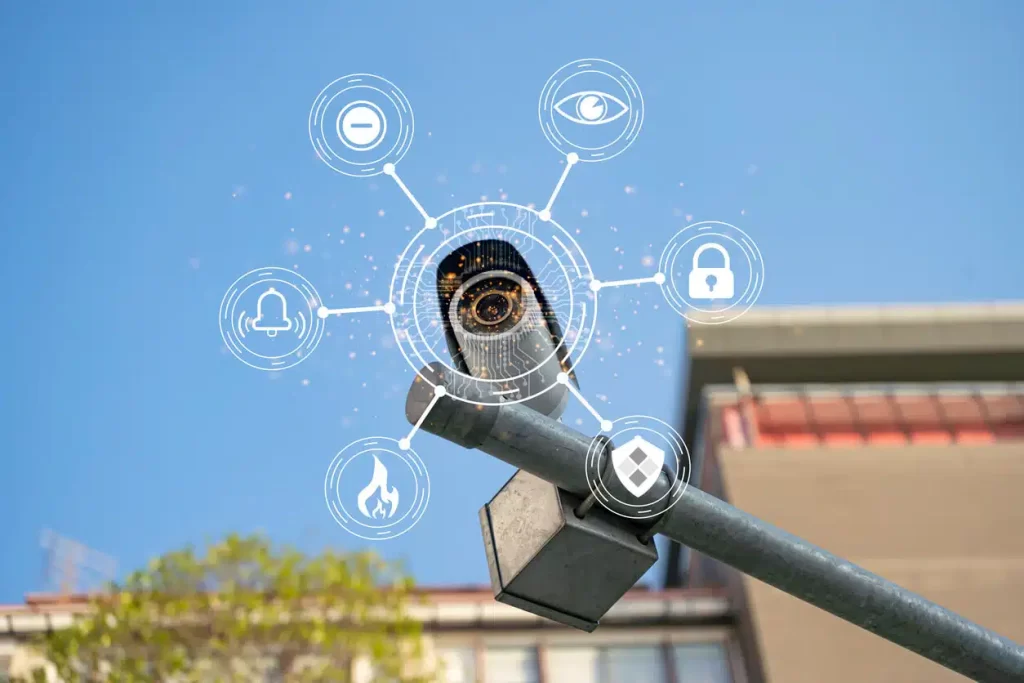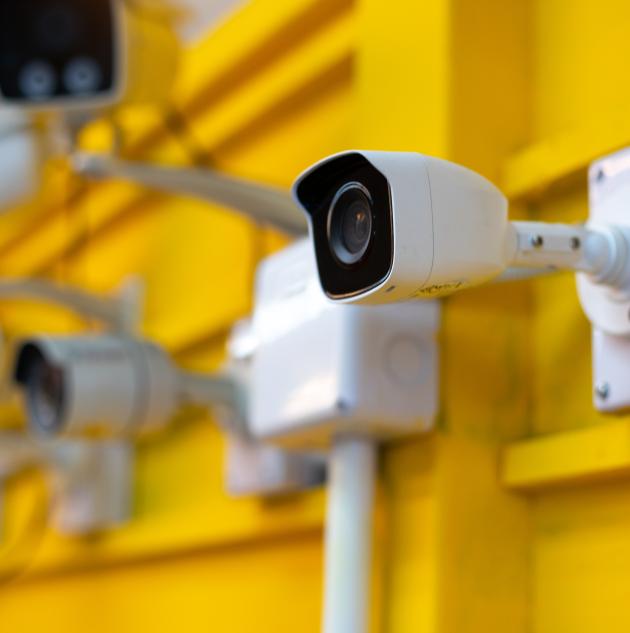The Impact of New Regulations on Data Privacy Services
The landscape of data privacy services has been significantly altered by the introduction of new regulations aimed at protecting personal information. These regulations, such as the General Data Protection Regulation GDPR in the European Union and the California Consumer Privacy Act CCPA in the United States, have brought about profound changes in how businesses handle and manage data. One of the most noticeable impacts of these regulations is the heightened awareness and scrutiny surrounding data privacy practices. Companies now face stringent requirements regarding the collection, storage, and usage of personal data. They are required to obtain explicit consent from individuals before collecting their data, and they must clearly communicate how this data will be used. This transparency has forced many businesses to reevaluate their data handling processes and implement more robust privacy policies. Moreover, the regulations have empowered individuals by giving them greater control over their personal information.

Data subjects now have the right to access the data that companies hold about them, and the right to request its correction or deletion if it is inaccurate or no longer necessary. This shift in power dynamics has compelled organizations to invest in systems that can efficiently manage these requests and ensure compliance with the law. Another significant impact of these regulations is the global reach of compliance requirements. Even businesses outside the jurisdictions where these regulations originated must adhere to certain standards if they process data belonging to individuals covered by these laws. This extraterritorial effect has led to a more standardized approach to data privacy practices worldwide, as companies seek to avoid hefty fines and maintain their reputation in an increasingly interconnected digital economy. Furthermore, the emergence of these regulations has catalyzed the growth of a new industry focused on data privacy services. Consulting firms, legal advisors, and technology providers specializing in data protection have seen a surge in demand as businesses seek guidance on compliance and implementation.
Looking ahead, the impact of new regulations on data privacy services is likely to continue evolving. As technological advancements such as artificial intelligence and big data analytics reshape the data landscape, regulators are expected to introduce further measures to safeguard personal information. The Data Privacy Blog ongoing regulatory evolution presents both opportunities and challenges for businesses, as they strive to balance innovation with compliance in an increasingly regulated environment. In conclusion, the introduction of new regulations on data privacy has had a profound impact on data privacy services worldwide. From increased transparency and individual empowerment to the emergence of a new industry focused on compliance, these regulations have reshaped how businesses collect, manage, and protect personal data. While challenges remain, the momentum towards stricter data protection standards is clear, reflecting a broader societal shift towards prioritizing privacy in the digital age.




